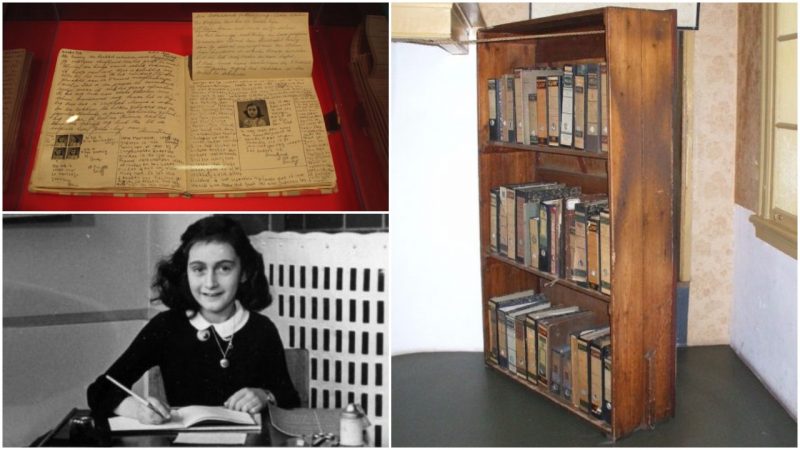The Second World War was a time of the greatest suffering, one of the most tragic periods in the history of mankind. We remember it for many terrible reasons, but the war’s most sinful acts were connected with the mass extermination of ethnic minorities, particularly the Jewish people, known as the Holocaust. Anne Frank is one of the most well-known victims of Nazi Germany. Although she died in one of the death camps in Germany at 15 years of age, her diary lived on to tell her story to the world.
Annaliese Marie Frank was born in 1929 into the family of Otto and Edith Frank, who were liberal Jews residing in Germany. She also had an older sister, Margot. As Hitler took over Germany in the 1930s, Otto Frank arranged for his family to relocate to Holland, and he set up two successful trade companies there, one of which was called Opekta. When the German armies reached Holland shortly after the outbreak of the war, the family made an attempt to emigrate to the U.S., but the U.S. government had stopped taking in immigrants from Nazi-dominated Europe, since they were afraid that some might later act as spies for the fascist cause.
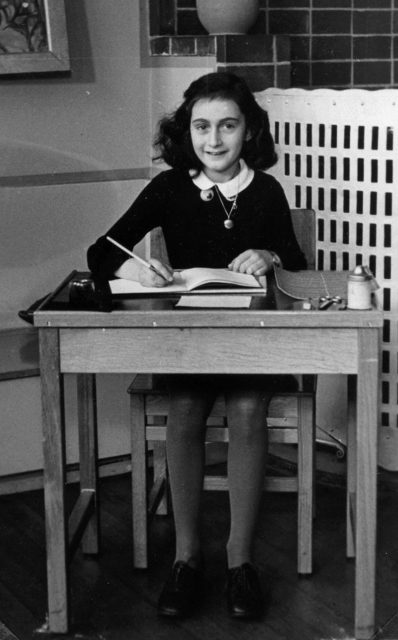
German laws were brought in that severely oppressed the Jewish community, a process that started with the segregation and labeling of Jewish people with yellow stars and ended with sending them to concentration camps where they were subjected to forced labour, and ultimately, mass murder.

The Frank family was forced to go into hiding, and chose a secret room called Achterhuis, whose entrance was concealed behind a bookshelf on the premises of Opekta. The family spent a few months hiding and receiving aid from the Opekta workers, who all risked a punishment of death for helping a Jewish family to escape the regime.
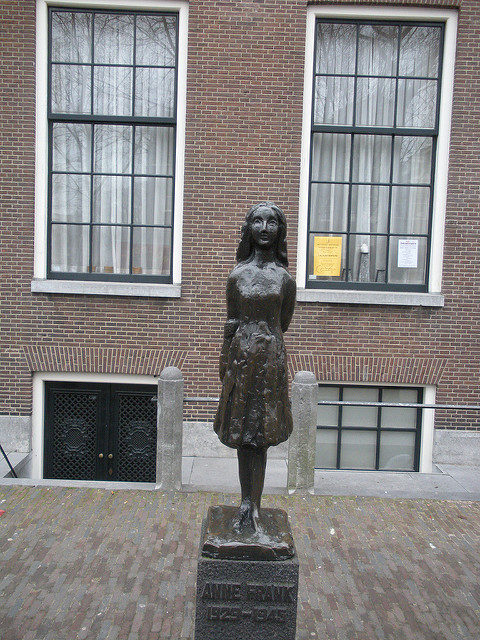
In August 1944, however, the Nazi police forced their way into the Achterhuis and placed the Franks under arrest, along with the other two families that had taken shelter there. The two daughters and their mother were sent to one death camp, while Otto was sent to another.

Edith died of starvation in late 1944, and Margot’s and Anne’s lives came to an end when they were victims of a typhus epidemic that swept the death camp Bergen-Belsen, where they were held. That was in February 1945, when Anne was 15 years old. In April 1945, the British troops freed the camp.
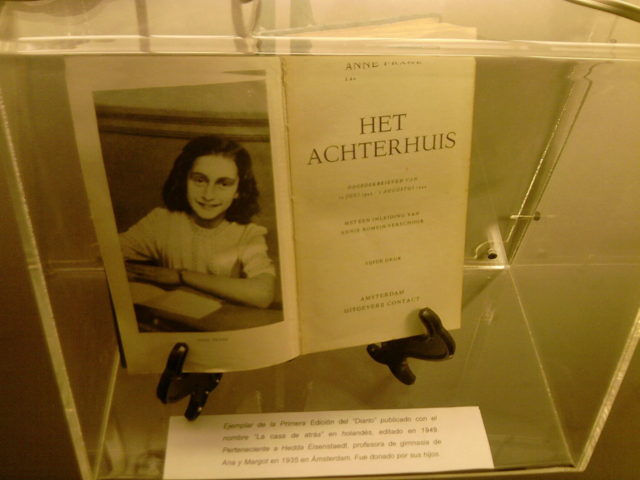
Anne became known to the world thanks to the diary that she had kept since she was 13. She kept writing in it during the whole period of the Nazi occupation of Holland, and throughout the family’s time in hiding. From the diary, we get to know the touching story ordinary Jewish people who suffered only because of their ethnicity.
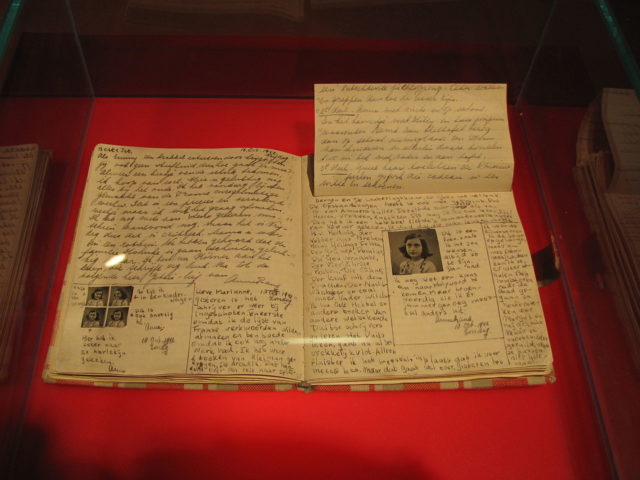
We discover that she was very keen on writing, ambitious and determined to study. We get to know about her first kiss, which she received from another Jewish boy whose family was hiding together with the Franks. Her writing tells of an astounding wisdom and courage for a girl of such a young age, and she will be forever remembered for documenting the everyday struggle the Jewish people had to face while the Nazis occupied Europe.
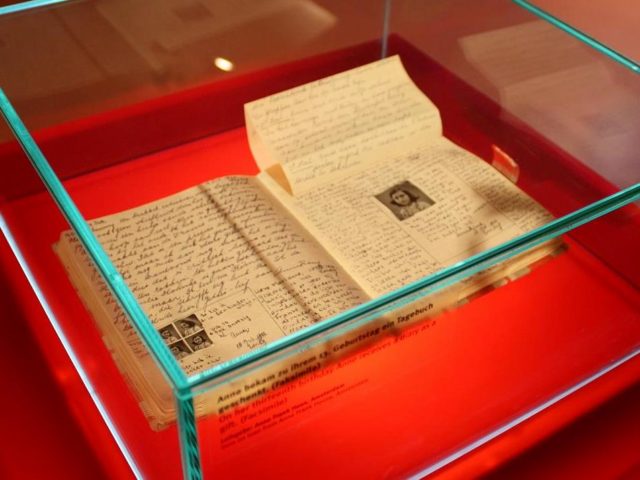
Anne’s diary was published by her father, the only member of the Frank family to survive. Despite a lot of claims from Neo Nazi groups that the written document is a fraud, its authenticity has been proven by witnesses who took part in Anne’s arrest. The diary has had several editions and has been published in more than 60 languages. It also became the inspiration for numerous TV documentaries. Two feature films have been made based on Anne’s story, one in 1959 and another in 2016.

The latest version, the German film Das Tagebuch der Anne Frank, adapts the story for today’s younger generation. Anne’s legacy lives on in the many landmarks in Amsterdam and Germany dedicated to her life and work, among which are the Anne Frank House in Amsterdam, consisting of the Opekta warehouses and the Achterhuis rooms, and the Anne Frank Educational Center in Frankfurt, where the family was originally from.
Read another story from us: Examples of the most important pieces of WWII memorabilia
Anne Frank has become a voice for all the young children and their families who’ve had to suffer, starve, and die for nothing, and for this, she will be forever remembered.
Kaya Johnson is 39 years old and lives in Yorkshire. She is a freelance writer and an interpreter. Apart from being a writer she also hosts this platform <https://777spinslot.com/>.
